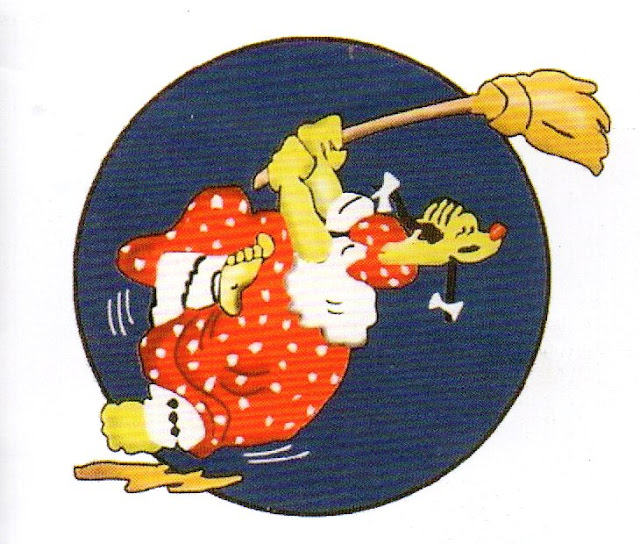Italian Album
Every now and then, I find beautiful and interesting historical pictures of Italian aircraft and the people around them, probably rarely seen in the Anglosphere.
I hope you will find them interesting too.
Your comments will be greatly appreciated.
Thank you.
Rome, Centocelle Airport (now closed), April 15, 1909. The Wright brothers were in Italy to show their airplane and hopefully win over more clients. The first airplane to fly in Italy had been Delagrange’s Voisin, on May 25,1908.
1919. The Royal Army wants to contribute to the development of air transportation. A SVA (Savoia Verduzio Ansaldo) of the 66th Fighter Squadriglia of the Italian Royal Army is loading the mail for the Pisa, Piacenza, Milan, Turin postal route.
The Caproni Ca.1 (Ca.300 HP) three-engine airplane was a former bomber, re-designated Ca. 31 and Ca.32 in the post-war period and modified for passenger service with the installation of a cabin. It usually was equipped with three Colombo D. 110 engines or, as an alternative, three 350 hp FIAT A.1o/I.F.-V.
An Italian ugly duckling. A FIAT BRG (Bombardiere Rosatelli Gigante) at the Littorio Airport (now Rome's Urbe Airport) for the 1932 Giornata dell'ala (Wing's day). Behind it, there is a Breda C.C. 20 heavy bomber prototype.
L. Pavese
The Caproni Ca.5 was one the first military triplanes that were modified with an enclosed cabin to transport up to ten passengers. This version, with I.F.-V.6 or FIAT A.12 bis engines, was designed by Dr. Tommaso Sarri.
The beautiful FIAT AL (Aereo Limousine), equipped with a 300 hp FIAT A.12 engine, could carry five passengers at km/h 185 (100 knots) and was the first passenger airplane built by FIAT.
The beautiful Dornier “Mercurio” (Hermes) air-ambulance, could carry ten passengers with a 685 hp BMW engine. It was built by CMASA (Costruzioni Meccaniche Aeronautiche Società Anonima), under license from Dornier for a Swiss operator. German company Dornier licensed the construction of aircraft to foreign countries, to elude the restrictions imposed by the Treaty of Versailles. The fourth man from the left is Antonio Locatelli, who was killed by Abyssinian guerrillas in Ethiopia, in 1936, and decorated with a gold medal for military value.
One of the early Italian civilian passengers routes was the Milan to Venice one that was instituted in 1920, and was flown solely by rigid airships. This is the Esperia, in flight over the Po Valley. The Esperia was actually German Zeppelin LZ120 Bodensee, the first airship built by the yard of Friedrichsafen after WWI, which had carried out a very successful passenger service, before being turned over to Italy in July of 1921 as part of the war reparations.
Breda gets into the act. This Breda B.1, registered I-BAGM and christened Italia, was a Caproni Ca.5 bomber modified at the aircraft workshop of Bresso (Milan). It flew the Milan to Rome route.
Nippon-Italian cooperation.
In 1937 Fiat began the delivery of eighty-five BR.20 bombers, which were employed against the Chinese and the Soviets in Mongolia.
The training field was located in Korea. This picture was taken there, and it shows a group of Japanese pilots and Italian instructors, who were led by Capt. Fargnoli.
In 1937 Fiat began the delivery of eighty-five BR.20 bombers, which were employed against the Chinese and the Soviets in Mongolia.
The training field was located in Korea. This picture was taken there, and it shows a group of Japanese pilots and Italian instructors, who were led by Capt. Fargnoli.
Il Duce, Benito Mussolini deplaning, after a flight on a S.A.M.'s S.55/P catamaran flying-boat.
Castel Benito, Tripoli, Libya. March 1937.
Ann Morrow Lindbergh and her husband Charles are shown some of the way around the world by Air Marshal Italo Balbo. The Lindberghs' flight around the world was accomplished with a British Miles Mohawk airplane.
Ann Morrow Lindbergh and her husband Charles are shown some of the way around the world by Air Marshal Italo Balbo. The Lindberghs' flight around the world was accomplished with a British Miles Mohawk airplane.
Benito Mussolini deplaning from a Savoia Marchetti S.72, greeted by Galeazzo Ciano.
The Caproni Tricap, with military registration M.M. 186.
The Tricap was designed by Dr. Ercole Trigona and built by Caproni Taliedo. It was powered by a Farina T.58, five cylinder, 130 CV (128,2 hp) engine. It first flew in1932.
The aircraft was built to investigate the linkage of flaps and stabilizer to increase aircraft longitudinal stability. It remained in service until 1939. What happened to it later is unknown.
The picture is dated 5/24/1934.
Paulhan-Tatin Aero-Torpedo
1912
Interesting image of a Caproni Ca.79bis (Italian military registration M.M. 86). This large metal four-engine bomber (wingspan: 108 feet) was built in Vizzola Ticino (VA), Italy and tested on July 27, 1929, but it did not go into production. Its configuration was very similar to the smaller twin-engine Ca.73 and 74 with which it shares the same engines, the Isotta Fraschini Asso 500. It served with the 10th Squadriglia, bearing the code "3." It was damaged in an accident on May 26, 1934 and written off.
More to come.
Your comments will be greatly appreciated.
Thank you.
L. Pavese



















Comments
Post a Comment